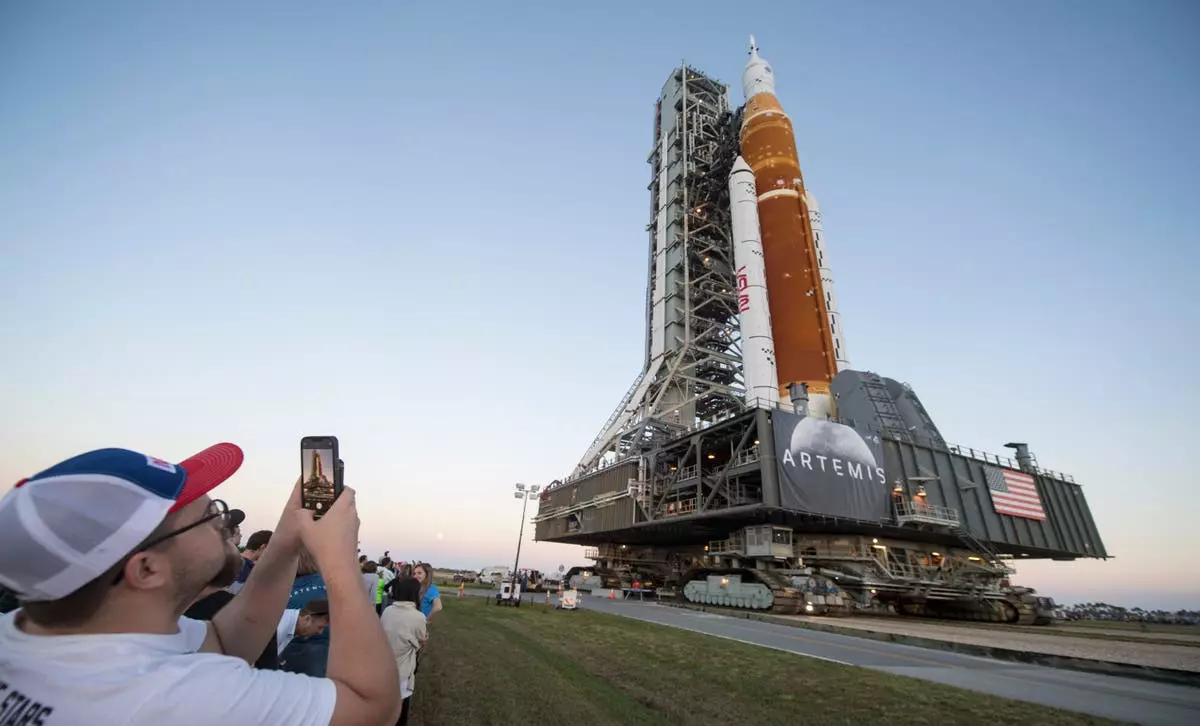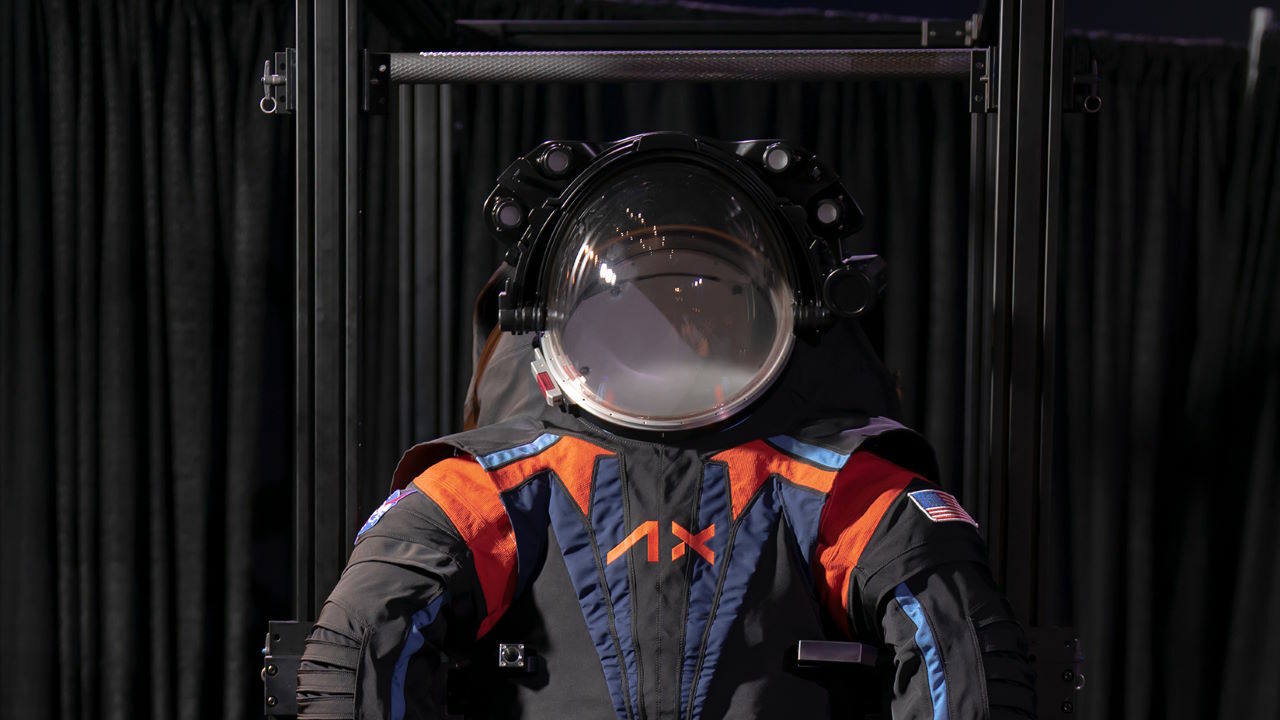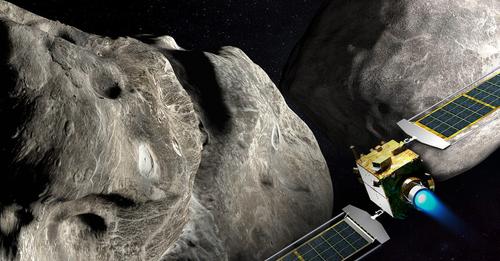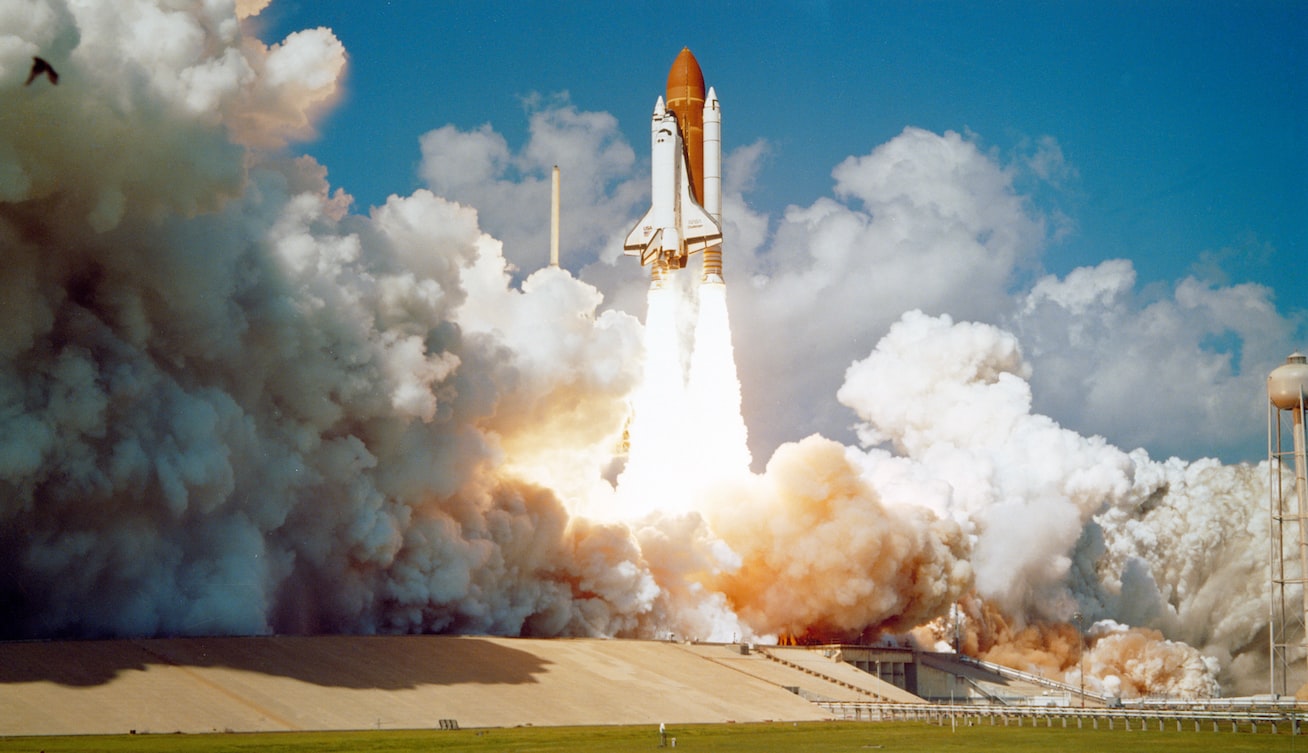When will the space agency have a second opportunity? They are still working on that.
At a news conference on Saturday night, officials said that NASA will not try to slingshot a spacecraft around the moon this week. This comes after two failed launches.
What this implies is that the crew will likely return the massive 322-foot Space Launch System rocket to its hangar, the Vehicle Assembly Building, and maybe attempt another moonshot in October. In a few weeks, SpaceX will send personnel to the International Space Station, and the U.S. space agency must avoid scheduling any launches that could interfere with that mission.
The Artemis I rocket’s flight termination mechanism, which consists of explosives designed to kill the rocket if it deviates from its intended flight path, must be retested after 25 days, but NASA may try to get an extension on approval from the spaceport to try to launch earlier.
Mike Sarafin, who is in charge of the Artemis mission, said, “Unless we get a waiver, it’s a rollback scenario.”
The mission’s leaders are currently considering a number of alternatives and plan to reveal their next moves in roughly a week. Before the rocket blasts off from the launchpad, engineers and technicians could do some maintenance on the platform.
Charlie Blackwell-Thompson, the launch’s director, called off Saturday’s second attempt at liftoff shortly after 11 a.m. after discovering a large fuel leak that engineers were unable to contain. The amount of liquid hydrogen leaking out was excessive by a factor of two or three, according to Sarafin. There is a significant risk of combustion when large amounts of hydrogen are dispersed throughout the air.
The leak could not be managed “as we did on Monday,” he said.
Even now, NASA is trying to figure out what triggered the leak. The crew will look into every possibility, including the possibility that the fuel line was overpressured by accident in the morning.
On Monday, August 29, the team attempted to launch the rocket, but they ran into unforeseen problems like a smaller-than-expected leak of liquid hydrogen, an engine that wasn’t cooling down properly, and inclement weather. After further investigation, NASA concluded that a faulty sensor, rather than warm fuel, was to blame for the engine’s malfunction. As a result of this self-assurance, the group decided to give it another go on Saturday.






Leave a Reply